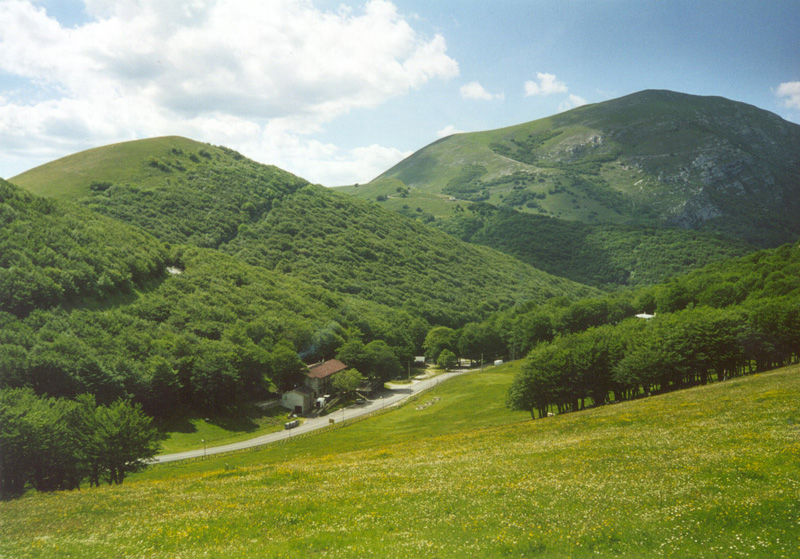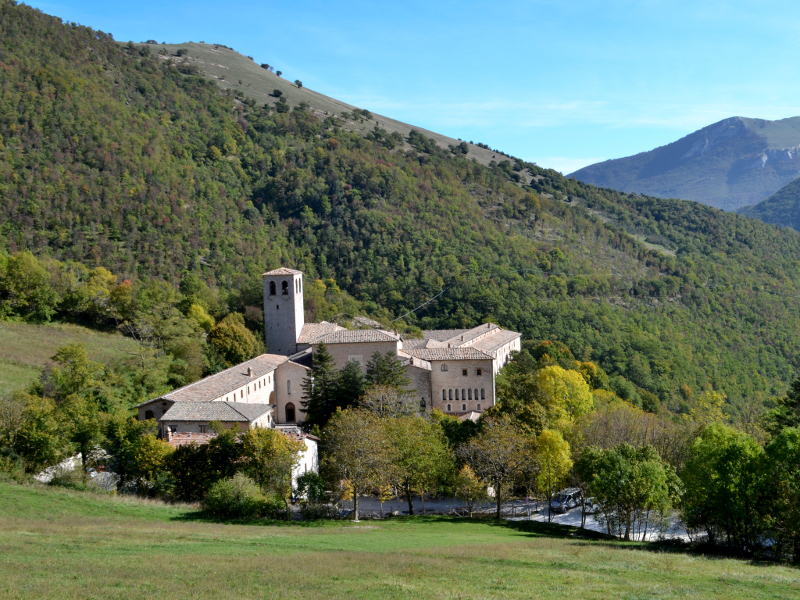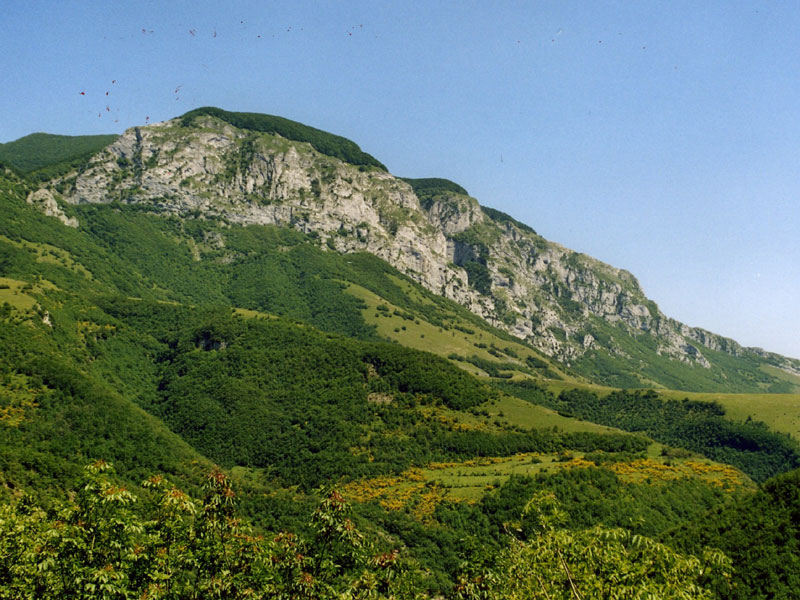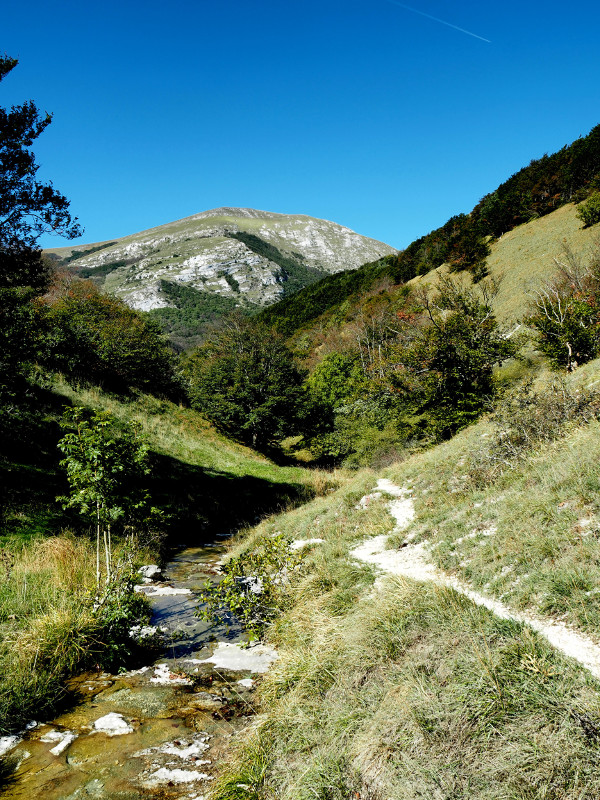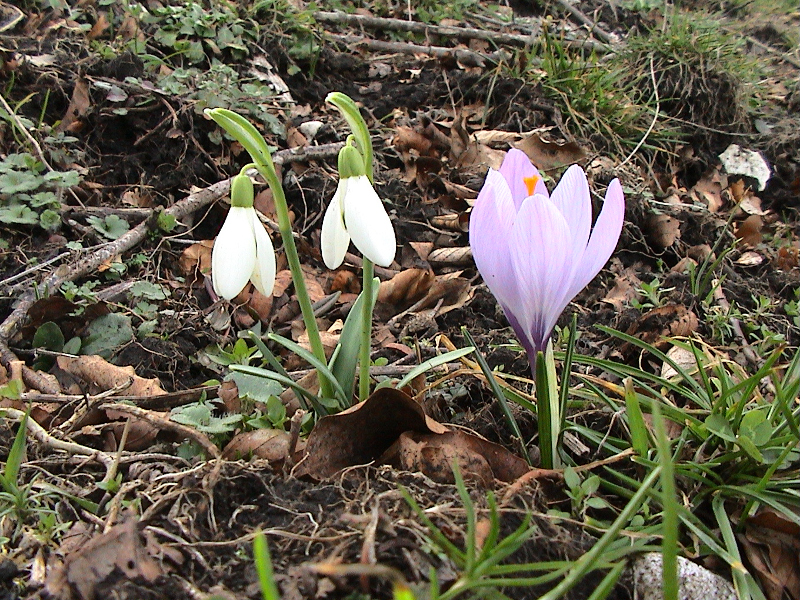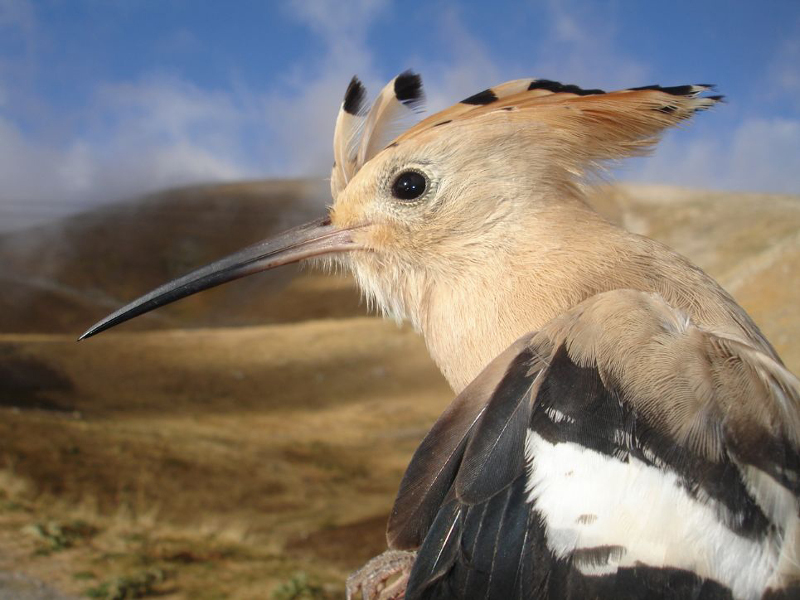Protected Area
Identity Card
- Land Surface Area: 10'480.00 ha
- Regions: Umbria
- Provinces: Perugia
- Municipalities: Costacciaro, Fossato di Vico, Scheggia e Pascelupo, Sigillo
- Establishment Measures: LR 9 03/03/1995
- PA Official List: EUAP0235
- Park Authority: Regione Umbria
The Territory
Monte Cucco Park includes the northern-eastern territory of Regione Umbria, delimited by the ridge of the Apennines among which Mt. Cucco stands out (1,566 m), by the historical itinerary along the via Flaminia, by the rivers Sentino and Chiascio.
The population living in the Park does not reach the 7,000 units. In the mountain area the activity exclusively consists of forest and pasture management. The bottom of the valley is mainly used for cultivation, but not with an intensive method.
In the territory of the Park Municipalities there are several small handicraft and manufacturing activities and some welcome structures and restaurants which, together with the high level of the services, assure a pleasant enjoyment of the Park. The most important towns for size and cultural heritage creating the background to the territory of the Cucco are Gubbio in the North and Gualdo Tadino in the South.
It is the Park of the subterranean waters and of the mineral springs, of the uncontaminated watercourses, of the intact big beech tree woods, of the karst caves where visitors are not admitted in large groups. It is the Park where the wolf and the golden eagle live. It is the Park characterised by historical centers, minor but rich in cultural and artistic ruins; by the several and charming hermitages.
"The high quality" of Monte Cucco Park makes it the ideal place for the mountain sport practice: gliding, speleology, cross-country skiing, trekking.
Geology
Mt. Cucco Park extends in the Province of Perugia, along the north-eastern border of Umbria with the Marches. Its 10,480 ha involve the Municipalities of Costacciaro, Fossato di Vico, Scheggia Pascelupo, and Sigillo.
After Sibillini Mountains, this is the area with the highest summits of the Apennines of Umbria and the Marches, with Mt. Catria reaching the 1,707m followed by the 1,566m of Mt. Cucco.
Further information
Climate
The whole ridge of the Apennines, in particular Mt. Cucco, is influenced both by the continental Balkan climate (cold dry, with north winds) and by the sea temperate climate (wet and warm currents of the western section of the Mediterranean).
The "warm" Thyrrenian Sea is only 150 km and there are no obstacles, while the Adriatic Sea is at only 55 km.
The Park mountains are therefore a border area, without other mountains protecting them and where there is often an arm wrestling between SW winds and NE winds contending for the climatic supremacy. And, each passage of front (that is the border between the air masses of various nature, warm and cold, wet and dry), leads to precipitation.
Further information
Flora
With the above-described climate and the intense precipitation characterizing the area, Mt. Cucco Park is very green, covered with meadows and woods, many of which dominated by high-trunk trees (above all beech trees). And the exposure of some valleys, like Rio Freddo and Prigioni valleys, opened eastwards and protected towards SW, only accentuates the climatic conditions, also through the creation of real cold-wet microclimates promoting the growth of vegetation with "alpine" features. The luxuriance and vastness of the high-trunk tree woods almost entirely covering the eastern slope of the Park includes centuries-old specimens of beech tree, maple, ilex tree, chestnut tree, yew, and common hornbeam. Extraordinarily, there are also some specimens of silver fir, an autochthonous evidence of the ancient forests of the Apennines.
Further information
Fauna
Without nostalgically returning to the wildlife conditions existing in the Apennines of Umbria and the Marches until a few decades ago, let's see the consistency and variety of wild animals populating the Park territory.
Further information


